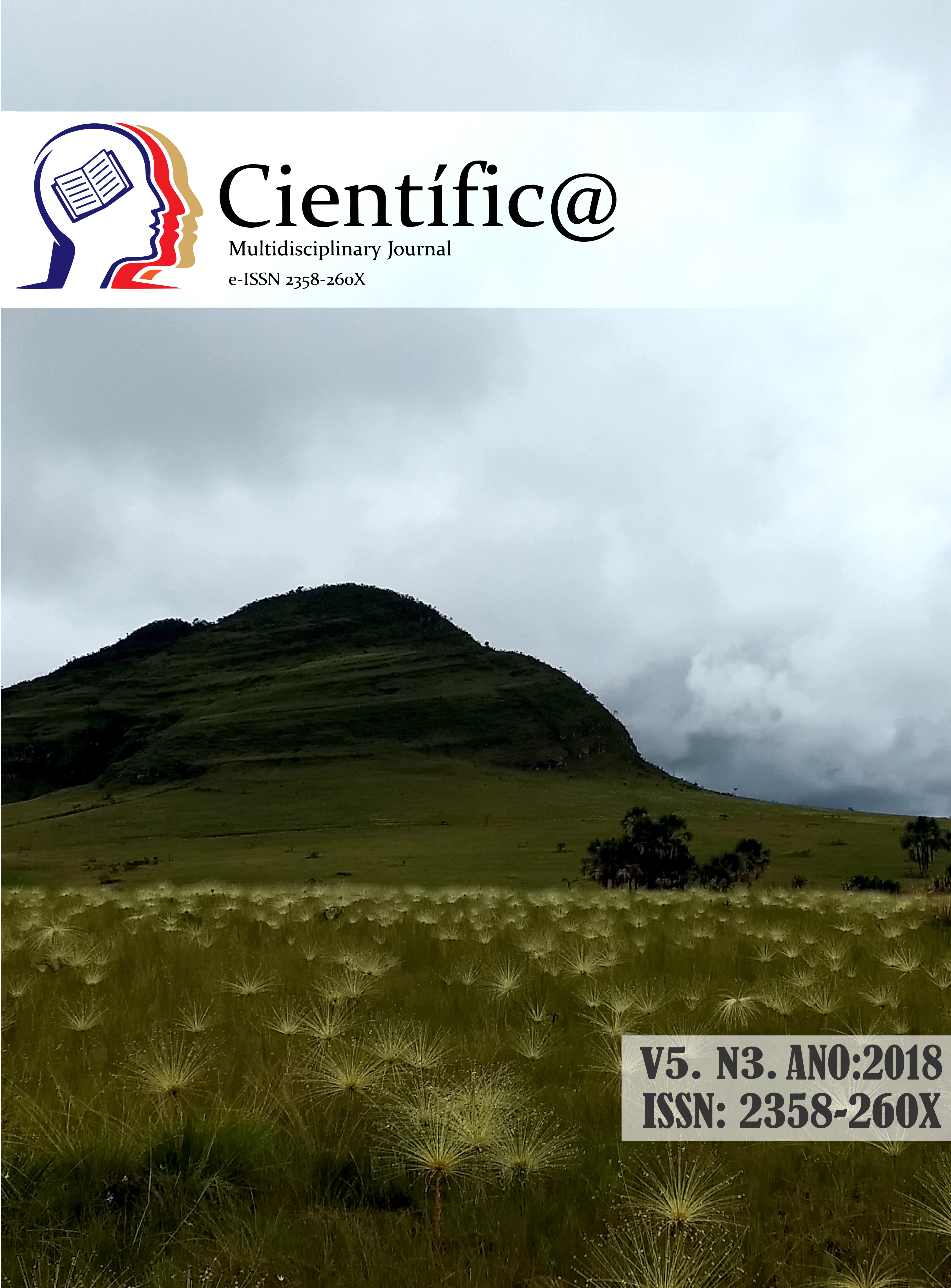Rheological and proximal composition properties of rice flour and sweet potato flour
DOI:
https://doi.org/10.29247/2358-260X.2018v5i3.p113-124Abstract
The objective of this work was to characterize rice flour (FR) and sweet potato (FP) flour, as well as its rheological properties. First, the proximal composition of the flours was determined by analyzing moisture, water activity, acidity, pH, proteins, lipids, ashes, dietary fiber, carbohydrates, amylose content, granulometry and color; besides the microbiological analyzes (Salmonela sp., Bacillus cereus, coliforms, molds and yeasts). The starch paste property was determined for FA, FBD and their mixtures. In the characterization the following standards were obtained: sweet potato flour (moisture 9.18%, protein 9.92%, lipids 1.72%, ash 1.51%, dietary fiber 3.77% and carbohydrates 77,81 %) and rice flour (13.31% moisture, 10.34% protein, 1.41% lipid, 0.31% ash, 0.76% dietary fiber, 75.03% carbohydrate). Flours differed significantly (p <0.05) in relation to L *, a * and b * color coordinates, where sweet potato flour was darker than rice. In the evaluation of the pulp properties, it was observed that the pulp temperature of FA (88,65 ° C) was higher in relation to the other samples. The maximum viscosity decreased with the increase of FBD in the blend. The final viscosity values and tendency to retrogradation decreased as the FBD content in the blend increased.The blend of flours allows its use in gluten-free products for the celiac public, increasing the consumption options for them.
Downloads
Published
How to Cite
Issue
Section
License
Esta revista oferece acesso livre imediato ao seu conteúdo, seguindo o princípio de que disponibilizar gratuitamente o conhecimento científico ao público proporciona maior democratização mundial do conhecimento.
A partir da publicação realizada na revista os autores possuem copyright e direitos de publicação de seus artigos sem restrições.
A Revista Científic@ - Multidisciplinary Journal segue os preceitos legais da licença Creative Commons - Atribuição-NãoComercial 4.0 Internacional. 

